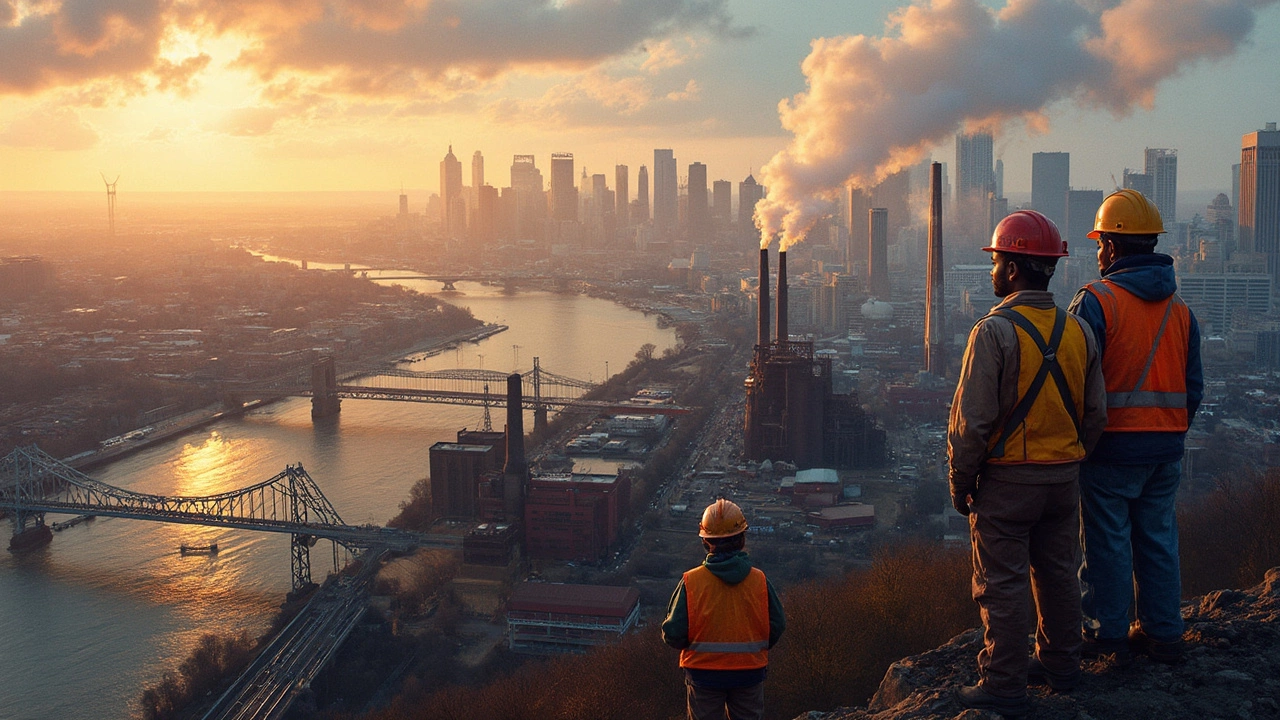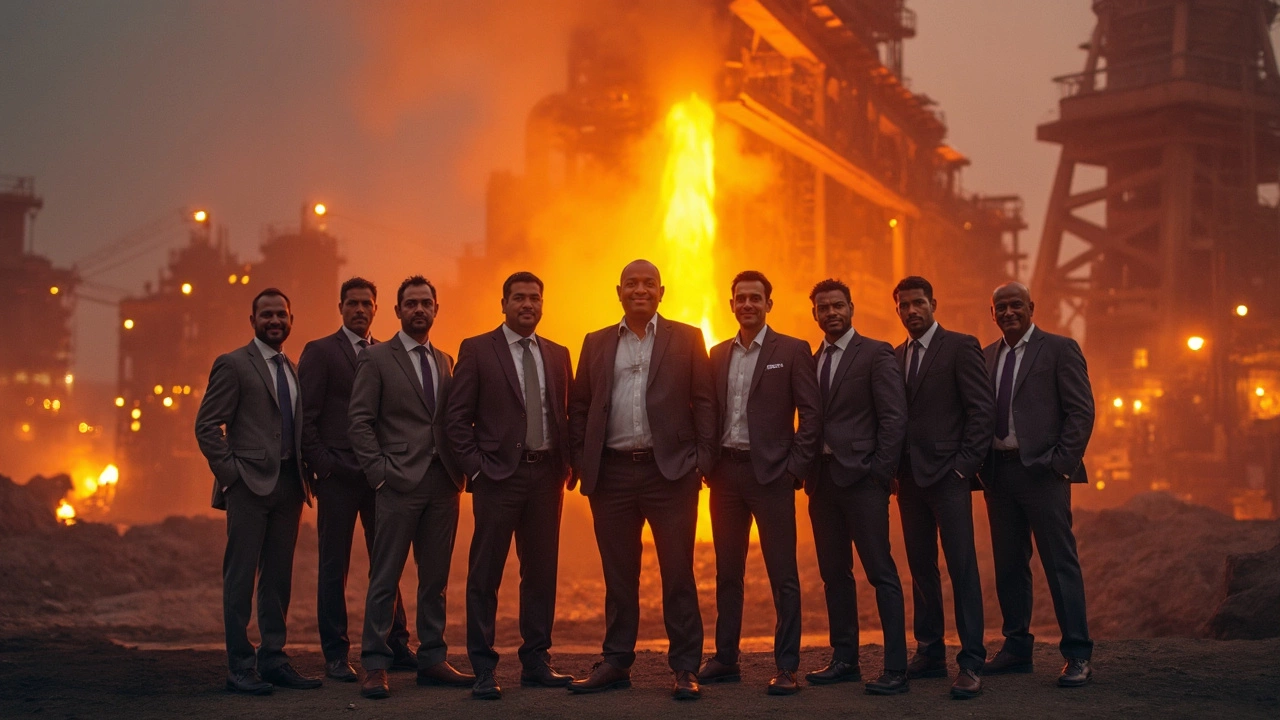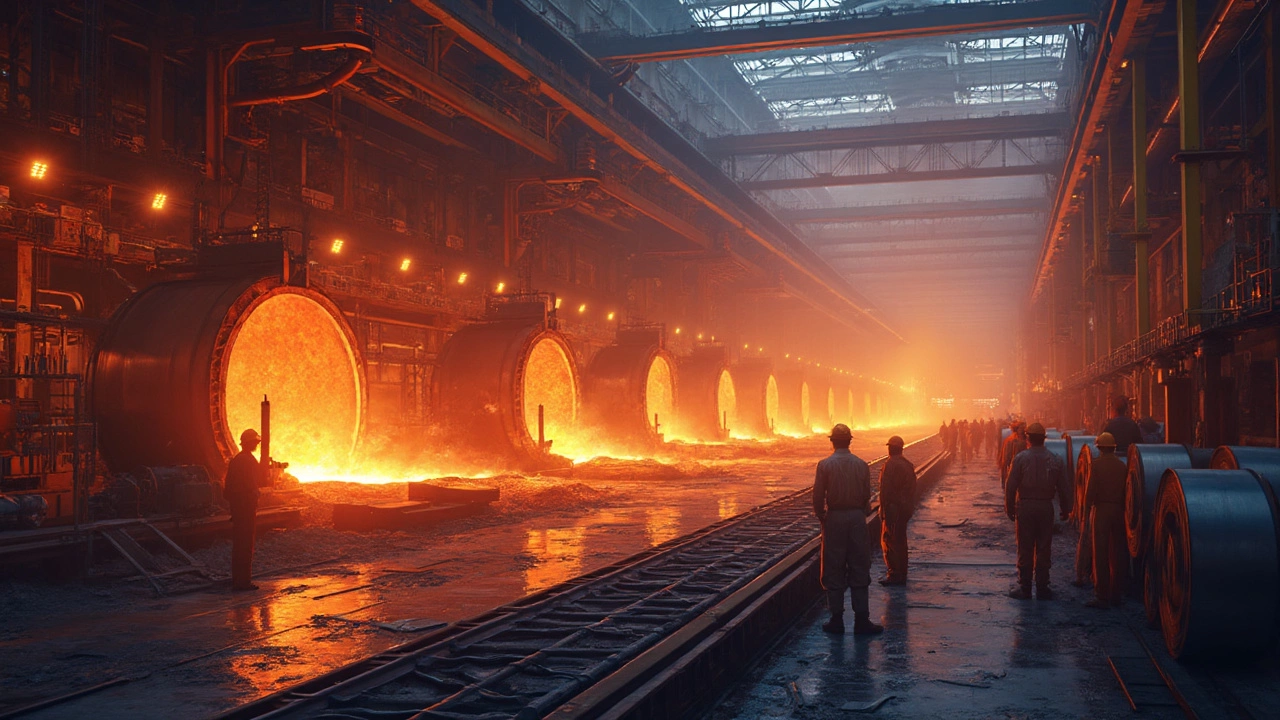- Exploring India's Textile Hub: Unveiling the World Capital Mar 26, 2025
- Diverse Fields of Food Processing: Key Sectors and Innovations Explained Aug 3, 2025
- US Manufacturing Rankings: Where Do They Stand? Mar 20, 2025
- Who Makes the Best Furniture in the World? Top Manufacturers in India and Beyond Dec 4, 2025
- Understanding Micro Small Scale Industry: Key Insights for Aspiring Entrepreneurs Jan 7, 2025
Steel Industry Overview: What’s Happening Now and What to Expect
If you’ve ever wondered why steel prices swing like a pendulum, you’re not alone. The steel sector touches everything from cars to skyscrapers, so understanding its moves can help you make smarter decisions—whether you run a plant, invest in a stock, or just want to know why your new bike feels so sturdy.
First off, demand is the biggest driver. When construction booms, steel orders skyrocket. When factories slow down, demand drops. In India, the government’s push for infrastructure—new highways, ports, and renewable energy plants—has kept the domestic market humming, even as global trade faces hiccups.
Key Trends Shaping Steel Production
One trend you can’t ignore is the shift toward greener steel. Companies are cutting carbon footprints by using electric arc furnaces and recycling scrap metal. This not only reduces emissions but also cuts energy costs, making steel more affordable in the long run.
Another hot topic is digitalization. Sensors on blast furnaces now feed real‑time data to AI systems that spot inefficiencies before they become costly. The result? Higher yields, less waste, and faster response to market changes.
On the market side, the United States still leads in high‑value steel, with hubs like Pittsburgh cementing their reputation as historic steel capitals. Meanwhile, the biggest steel supplier in the US dominates global contracts, setting price benchmarks that ripple across continents.
Challenges and How the Industry Is Responding
Supply chain snarls remain a pain point. Delays in raw material shipments—iron ore, coal, and alloying elements—can push production timelines out of sync. To combat this, many firms are diversifying their supplier base and building strategic stockpiles.
Trade policies also play a big role. Tariffs on imports can protect local producers but may raise costs for downstream manufacturers. Keeping an eye on policy shifts in major economies like the US, Europe, and China helps you anticipate price jumps.
Finally, labor shortages in skilled trades are creeping up. Training programs and apprenticeship schemes are being funded by both the government and industry groups to fill the gap. Investing in employee upskilling is becoming a must‑have strategy for staying competitive.
So, what does all this mean for you? If you’re a manufacturer, look for suppliers that prioritize green steel and have robust digital monitoring—these partners tend to deliver more consistent quality and pricing. If you’re an investor, watch the companies that lead in technology adoption and have diversified supply chains; they’re better positioned to weather market turbulence.
Bottom line: the steel industry is in a transformation phase. Green production, data‑driven operations, and smarter trade strategies are reshaping the game. Stay curious, keep an eye on policy moves, and choose partners who are already walking the talk. That’s how you turn the steel sector’s ups and downs into solid opportunities.
Steel Production: Which US City Takes the Crown?
- Aarav Sekhar
- Jun 12, 2025
Wondering which city leads the steel production in the US? This article breaks down how Pittsburgh earned its reputation as the steel capital, what makes it stand out, and how things have changed over the years. You'll find punchy facts, key milestones, and practical takeaways on where steel is made today. Get a clear view of the factors that drive the American steel industry. Stay ahead with tips if you're eyeing a move into steel manufacturing.
Millionaires in Steel: Who Hit It Big in the Steel Industry?
- Aarav Sekhar
- Jun 2, 2025
This article dives into the true stories of people who became millionaires in the steel industry, breaking down how they made it happen. You’ll see what gave these leaders their edge, what shortcuts they avoided, and what risks paid off. It’s not just about luck—there’s real strategy behind the biggest paydays in steel. Get ready for some surprising facts and see what tips could actually work for someone starting out today. The steel industry has minted some unexpected millionaires, and you’ll find out exactly how they pulled it off.
King of Steel: Who Reigns Supreme in Steel Manufacturing?
- Aarav Sekhar
- Mar 10, 2025
Steel is the backbone of global infrastructure, powering everything from skyscrapers to automobiles. But who's leading this massive industry? This article delves into the key players in the steel manufacturing world, exploring their dominance, influence, and innovation. Uncover fascinating facts about production techniques and market strategies that set these giants apart. Learn about the environmental challenges they face and the technological advances shaping the future of steel.


